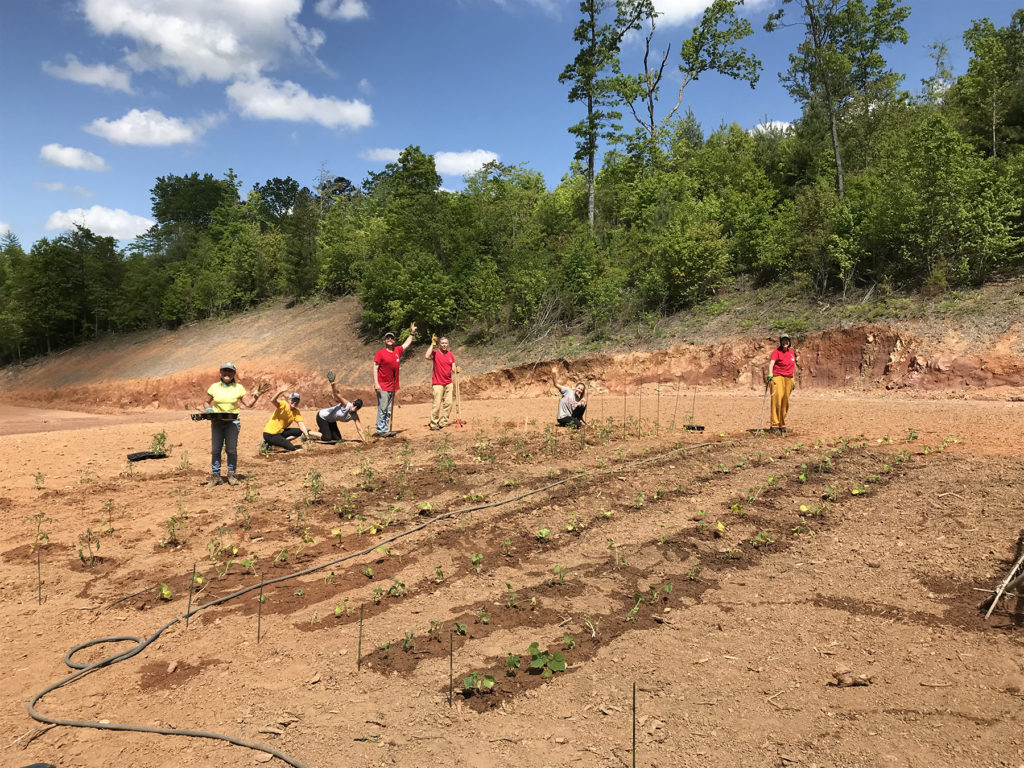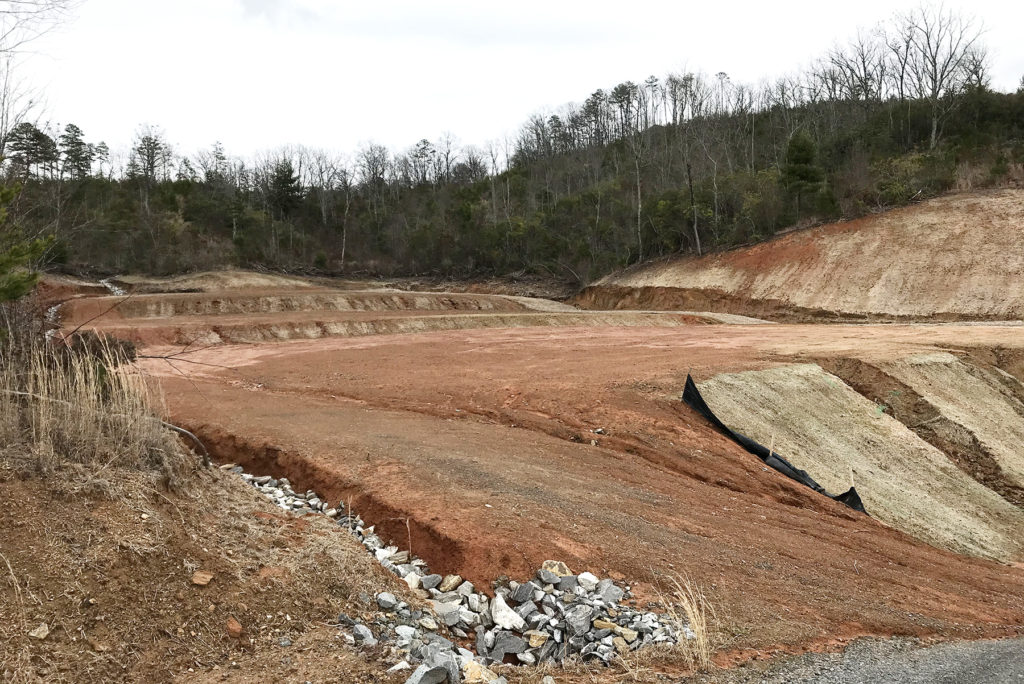
A Harvest for chimpanzees

By Lilian Stahlnecker
There’s no denying that chimps love to eat! Here at Project Chimps, their diet consists of fruits, vegetables, nuts and seeds. In addition to daily breakfast and dinner services where each chimp gets a full meal, caretakers also scatter different food items like cabbage, nuts, seeds, carrots and tomatoes over their enclosures for lunch and dinner enrichment. This allows the chimps to engage in one of their natural behaviors — foraging.
To give you a mental picture of what happy chimp foraging looks like, imagine a group of school age children scavenging a candy shop on an unsupervised field trip … if the field trip lasted almost all day and the candy was actually fresh vegetation.

Introducing myself
Greetings fellow chimp lovers and enthusiasts! My name is Lilian Stahlnecker and I am a habitat horticulture intern here at Project Chimps. I came to the sanctuary freshly graduated from Oregon State University, where I earned two bachelor’s degrees — one in Fisheries and Wildlife and another in Sustainability. When I first received this internship, all I knew was that I was ecstatic to have the opportunity to work with these spectacular animals.
My internship program
When I arrived at Project Chimps, I learned that I would be leading Project Harvest — a newer program focused on turning a 0.4-acre space into a garden.

I was nervous and slightly overwhelmed! But, as I got to know some of the chimpanzees, there was one thought that continually pushed me to keep working towards my goals, step by step: this project will eventually provide beloved food items for the chimps. It’s such an amazing honor to be a part of an internship where I get to advocate for sustainability and provide the chimps with the exemplary care they deserve.
Gardening here we come!
Buying enough produce to fulfill 77 chimps’ dietary requirements 365-days a year can be expensive; $7 a day per chimp!
We have farmable land available to supplement our produce orders, so gardening here we come! Maybe you’re wondering, as I was when I started this project, how am I going to figure out what to grow?
First, I attended each produce delivery (they come twice a week) to get an eye for what we were buying and how much of different items we were using every few days. Then, I attended dinner services, where I had the pleasure of watching the chimps eat some of their favorite fruits and veggies.
I used this research combined with online research to determine what would (A) save us money (B) enrich the chimps’ diets (C) grow well in Georgia Zone 7 and (D) contribute to the organization’s ability to be more self-sustaining,
Some of our care staff also provided suggestions based on individual chimps’ favorites:
- Leo: Tomatoes
- Loretta: Onions
- Josh: Cabbage
- Gracie: Carrots
- General crowd favorites also include: peanuts and purple cabbage
Fun, enriching foods that the chimps don’t receive every day but we can grow in Georgia:
- Pumpkins
- Watermelons
Soil amendments and greenhouse
I’ve prepared the ground at Project Harvest by applying the appropriate nutrients needed based off of a soil sample I collected in mid-January. It is now ready for the 2021 growing season.

I also designed and constructed a 12-foot x 32-foot greenhouse that is now located on the right side of the first plot at Project Harvest. This greenhouse will allow us to increase our production yields, maximize our available space, grow produce items year-round, protect young seedlings from wildlife and pests, and provide a stable and controlled environment for germinating seeds. I also left behind an original art piece that is mounted to the greenhouse to commemorate my time here at Project Chimps.
Interested in applying to be an intern at Project Chimps? Click here for more information!
